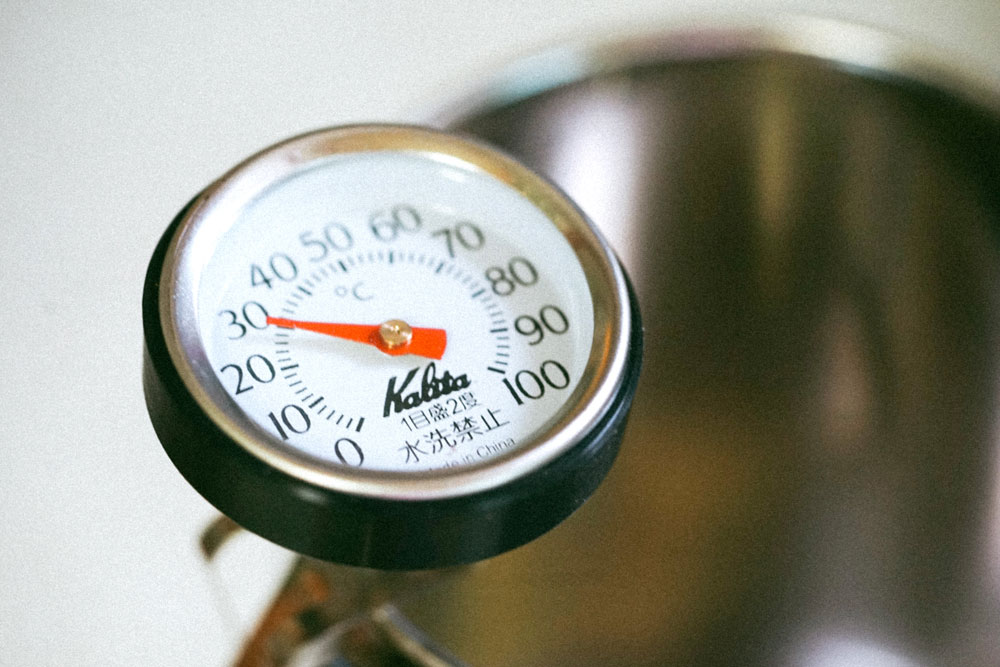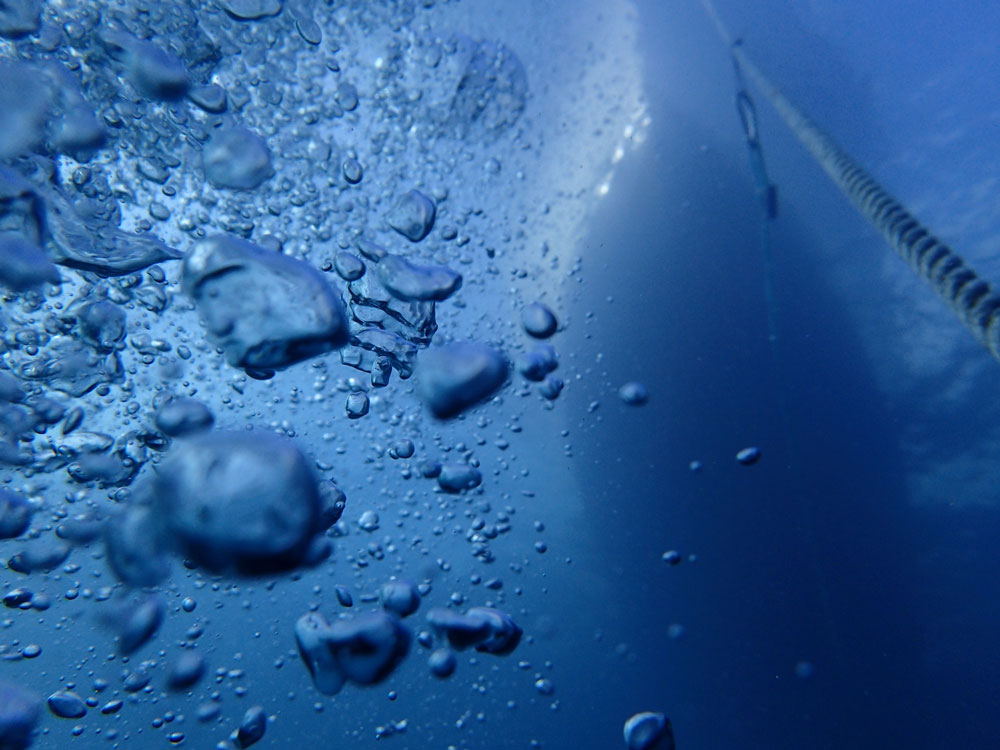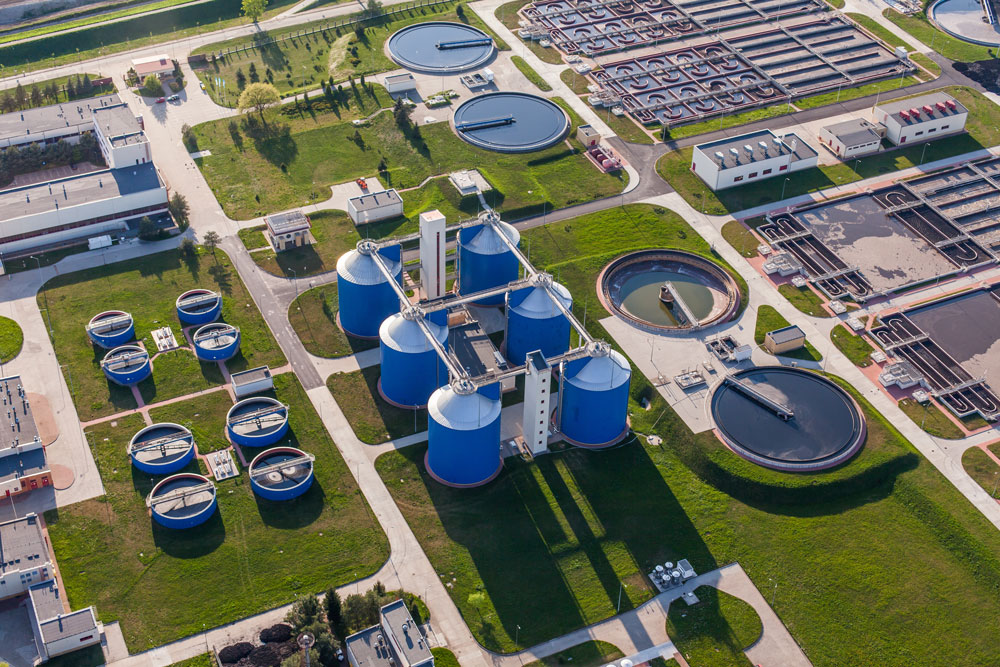Blog
These are the 4 most common problems associated with the sewage treatment plant and its operation. How to deal with them?
A wastewater treatment plant is not a nuclear power plant but still you can encounter some difficulties when operating it.

In this article I will introduce some of them. I will also address their causes, manifestations and solutions.
On the following lines, more specifically, I will describe the following possible problems with WWTPs:
1. Overheating of blowers and lack of air in the system
2. Exceeding prescribed drainage limits
3. Sludge leakage from the settling tank
4. Low dry matter content of drained sludge
1. Overheating of blowers and lack of air in the system
A frequent problem in the treatment plant is the long-term low oxygen concentration in the tanks (<1.0 mg / l). However, short-term fluctuations (a few tens of minutes) may not necessarily be a complication.
However, if the amount of oxygen is low in the long term, this can lead to deterioration of drainage parameters, foam formation on the surface and similar problems.
There may be several reasons for this. For example, the WWTP receives more pollution than was calculated in the design and therefore the plant is overloaded. This happens when the connected village grows or other facility is newly connected to it. The second option is that the piping network and aeration elements have become entrenched during permanent operation and therefore need to be cleaned.

This second scenario may also be a cause of overheating of the blowers. Clogged aeration elements create additional resistance to the supplied air, which causes the blowers to deliver higher power. The second alternative is the poor, inadequate or damaged ventilation in the room of the blowers - in the blower´s room.
2. Exceeding the limits
COD (chemical oxygen demand) – organic substancies
Exceeding the limits in the COD indicator may have several causes. These are related, for example, to the leakage of sludge from the storage tank, or to the overloading of the treatment plant and the inadequate removal of organic matter, as we descibed in one of our previous articles.
If the leakages of the insoluble substances are small but the limits are very strict, it is possible to reduce their concentration by adding tertiary treatment (sand filters, microsieves, etc.). This will also improve the COD concentration but also, for example, the total phosphorus and nitrogen concentrations.
Phosphorus
Phosphorus removal can be achieved in three ways:
-
First of all, phosphorus used by bacteria to grow new cells. The rule says that for the removal of 1000 mg of organic substances in the form of COD, bacteria need 1 mg of phosphorus to grow.
-
The second way is to use the ability of bacteria to accumulate storage media (also phosphorus) in themselves under anaerobic conditions. For this a special tank is usually included in the WWTP.
-
The third way is to use iron or aluminum containing substances that precipitate residual phosphorus. However, in the case of precipitation it is necessary to expect an increase in the amount of sludge by the so-called chemical sludge.
Nitrogen
If you exceed the limits of nitrogen, it is probably related to biological processes. Just like phosphorus, nitrogen is also an element that bacteria inevitably need to grow. Here the common ratio is that about 1,000 mg of COD removed, bacteria needs 5 mg of nitrogen to grow.
Insufficient nitrification (removal of N-NH4):
-
It may be associated with excessive dosing of the nitrogen into the system (this should be rare)
-
or feed may contain substances that act toxic to the nitrifying bacteria and inhibit the whole process.
- Poor efficacy may also be related to pH outside the optimum range for microorganisms (pH = 6.5-8.0). At this point it is necessary not to forget that in the case of the conversion of ammoniacal nitrogen into nitrates the H+ ion is produced in the reaction and thus decreases the pH of the system.

The second step of removing nitrogen is denitrification:
(conversion of nitrate nitrogen to gaseous nitrogen - the final step of removing the element from the water)
- A prerequisite for the process is the presence of organic carbon. It is this fact that is the most common indicator of whether or not it will happen. For the reliable operation of the process the COD ratio: NO3-N = 3-4 must be observed.
- If denitrification does not "run" it is likely that oxygen is present in the denitrification zone. Therefore, the anoxic conditions for this type of bacteria are not suitable in the system.
- Insufficient nitrate removal may be associated with insufficient denitrification / anoxicity.
- Talking about pH, OH-ion is formed in this process and the pH is thus increased.
You can learn about the legislation on waste water disposal and fines for exceeding the limits in this article.
3. Sludge leakage from the settling tank
This phenomenon may be related to oxygen deficiency or nutrient deficiency. Then the bacteria begin to adapt to new, less satisfactory conditions and grow in the form of chains. At the same time, they are intertwined and form parts which have poor sedimentation properties because of a lower density of the sludge mixture.
It can also be adversely affected by the long residence time in sedimentation tanks when denitrification bacteria can start to produce nitrogen gas.
If they have adequate conditions (enough COD, enough N-NO3, anoxic environment and others), they start decomposing the nitrates into gaseous nitrogen. In the form of small bubbles it will move to the surface causing swirl, or bubbles will pull up sludge flakes and bring them to the surface.

Also not sufficient sludge removal from the system might be a reason of those problems. In this case, it is a good idea to optimize the "recirculation ratio" parameter which affects the residence-time of the sludge in the system. As a result, there is a greater amount of sludge in the settling tank that forms a high cloud in the tank. If the flow increases at the entrance of the treatment plant, thereby increasing the volume of water flowing into the settling tank, it is possible that the sludge cloud increases and leaks into the outlet.
The solution may be more frequent drawing of excess sludge or even the inclusion of the equalizing tank into the system which would dampen the hydraulic imbalance.
4. Low dry matter content of drained sludge
Indeed, in this part of WWTPs much depends on the composition and the dry matter of sludge at the inlet of the dewatering line. For example, for sludge with higher fat content the centrifuge is designed slightly differently than with conventional biological sludge. It is important for the supplier to consult the suitability of the flocculant for the process and its dosage.
One of the basic divisions is the division into cationic and anionic or nonionic flocculants. Just because of their quantity and variety, it is recommended to subject the wastewater to flocculation testing as well. Parameters that need to be addressed are the formation of flakes and at the same time their strength, so that they do not fall apart during the dewatering process.
Another division is division into powder and emulsion flocculants. Powders, after being dissolved in water, form long chains, while emulsion flocculants form spatial structures (nets).
In many operations, emulsion flocculants are praised and considered being more efficient. This advantage is, however, associated with a higher price for the product.

What also might be beneficial is to optimally adjust the speed and differential velocity of the centrifuge or its overflowing edges, or also to place the flocculant dosing on the feed pipe several meters from the centrifuge.
However, there might be a lot more problems as well as causes and solutions. That's why we hope that this article helped you at least partially or offered you some interesting information.
If you or your treatment plant encountered other serious problems, write to us and we will try to express our opinion about your problem either by blogging or helping you to solve it.

Author: Ing. Matúš Palguta, chemical technologist
More articles
Agriculture is one of the biggest water consumers. Here are 5 ways to save as much as possible
More than 70% of the world's water consumption goes to growing plants and raising animals. How can we reduce this volume? Keep reading to find some...
Daily, we eat more water than we drink. Did you know it requires 15,000 litres of water to produce 1kg of meat?
If we want to keep clean water for future generations, we should also, change our eating habits. It’s important to think about the indirect...
Explained: what is blackwater & greywater and a guide to its recycling
We produce both blackwater and greywater throughout the entire day. In both cases, it is wastewater that comes mainly from households. But do you...
